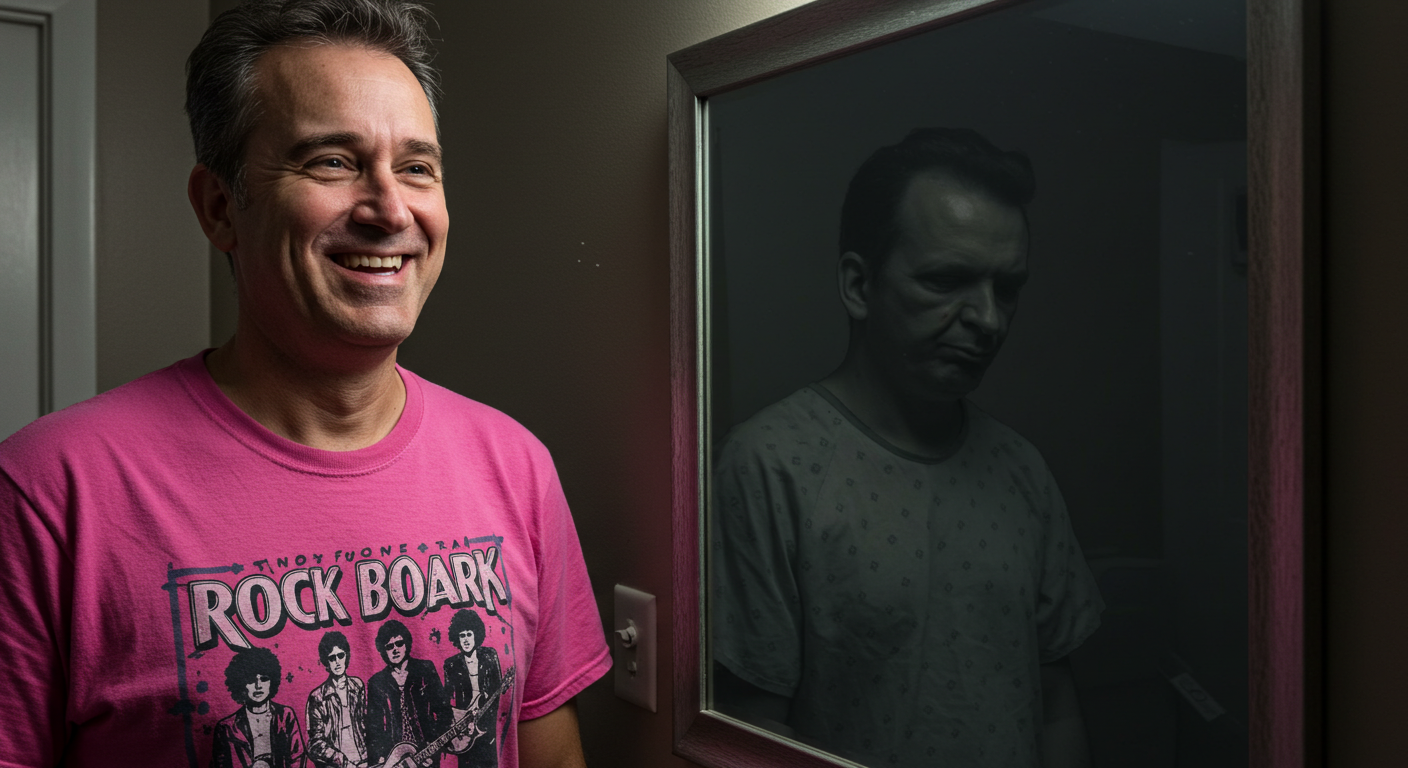The Silent Struggle: How People Cope with Mental Health

Many people experience the silent struggle of mental health, which brings concealed challenges, quiet suffering, and unspoken difficulties.
Mental health has often been described as the silent struggle—an internal reality many face daily, yet few openly discuss. It is an invisible weight carried quietly in classrooms, workplaces, homes, and even in the midst of crowded gatherings. Unlike physical wounds that draw visible sympathy, mental health battles often remain hidden, creating an additional layer of isolation for those who endure them.
Key TakeAways
hide
Looking Back: Patricia Lubeck’s Asylum Scandals and Life Behind Asylum Walls
In her eye-opening book Asylum Scandals: Abuse, Torture, Corruption and Murder in Minnesota’s State Hospitals, Patricia Lubeck uncovers the shocking truths about life behind asylum walls in Minnesota during the late 19th and early 20th centuries.
In this book, Lubeck shares her thorough research about two of the oldest state hospitals in the area, showing documented accounts and interviews of patients’ relatives. With this, she sheds light on how the patients who have suffered from mental illness were silenced, mistreated, and exposed to extreme conditions. Instead of being treated as patients to be cared for, they were treated as experiments or burdens that had to be locked away from civilization.
There were accounts of patients who tried to fight for their rights, but were never heard from for years. Others endured in silence, trying to survive the harrowing experiences they experienced every day. With her exposé, Patricia enlightens her readers on what stigma against mental illness can do, especially as the stigma evolves with how we live. With this, the silent struggles of those with mental health challenges continue to echo today. Patricia presents ideas that remind us that people who struggle in silence need compassion, understanding, dignity, and care.
The Weight of Hidden Challenges
Even today, people still hide some of the personal challenges that affect them, emotionally, such as depression, anxiety, PTSD, bipolar disorder, and other conditions. These are often concealed because they are frequently manifested internally, leaving a person in an invisible battle within. Becoming a part of their everyday routine, people with invisible battles will find it hard to feel motivated or even smile.
Such hidden challenges are often overlooked by society because they do not align with the visible narrative of illness. While someone with a broken arm receives understanding and immediate help, a person battling panic attacks may be told to “just relax” or “shake it off.” This approach means that many of us have not fully understood how mental illness can affect a person’s well-being, which strengthens the isolation and stigma.
Unspoken Difficulties in Daily Life
While progress has been made in creating open conversations about mental health, unspoken difficulties still linger. Though some people can already admit to themselves that they are experiencing a mental disorder, they can still face judgment for being unstable or having poor well-being. With this, the stigma reinforces silence for those who are diagnosed with the condition, making the silent struggle harder to cope with.
When we have not grasped a total understanding of the condition of one’s mental and behavioral well-being, it becomes more difficult to form a stronger relationship. Some families can find it hard to connect with a loved one when they do not know what the mental illness entails. It is also true in workplaces, where employees are exposed to stress that can trigger anxiety and depression. What we need in such an environment is compassion for those who are struggling to fight their internal battles.
Internal Conflict and Coping Mechanisms
Coping with mental health is often an exercise in balancing internal conflict. On one hand, individuals want to be seen, understood, and supported; on the other, they may fear the consequences of vulnerability. This tug-of-war can lead to unhealthy coping mechanisms such as withdrawal, substance use, or denial.
Yet, it can also lead some to seek healthier paths: therapy, journaling, meditation, creative outlets, or building strong support systems. Recognizing and addressing internal conflict is often the first step toward true recovery. When people find the courage to explore these conflicts in safe and supportive environments, they not only discover personal healing but also build resilience that inspires others.
The Reality of Quiet Suffering
Millions of people today live with quiet suffering. They perform well at work, show up for their families, and maintain social appearances while carrying heavy emotional burdens beneath the surface. This quiet perseverance reflects strength but also points to an urgent need for greater empathy in society.
We often do not realize that the friend who always makes us laugh, or the coworker who seems endlessly productive, may be hiding a silent struggle. When someone’s life appears “perfect” from the outside, it becomes even harder for them to admit when they are falling apart inside. Recognizing this reality encourages us to approach others with kindness, because we never truly know the battles they may be fighting silently.
Undisclosed Hardships in Communities
Communities, both rural and urban, hold countless undisclosed hardships that affect mental health. Poverty, discrimination, family instability, and lack of access to healthcare often intensify existing mental conditions. The lack of open dialogue and proper resources keeps people in cycles of pain.
By acknowledging these undisclosed hardships and addressing the systems that perpetuate them, society can take collective steps toward real progress. Community programs, grassroots support groups, and faith-based initiatives have shown that when local communities create safe environments, people are more likely to open up and seek the help they need.

Learning from History: From Asylums to Awareness
Patricia Lubeck’s Asylum Scandals reminds us that we cannot afford to repeat the mistakes of history. Institutions once served as places of containment rather than healing, and voices of the vulnerable were silenced. Today, while physical asylums may be a thing of the past, stigma can create invisible walls around those suffering.
When we fail to listen, support, or provide resources, we build new walls that mirror the old. Understanding the history of mistreatment allows us to see how far we’ve come, while challenging us to dismantle what remains of society’s harsh perceptions. The shift from confinement to compassion must continue if we are to honor the dignity of every individual.
The Power of Sharing Personal Experiences
Breaking the silent struggle begins with creating safe spaces where individuals can share openly. Many people find healing in telling their stories, whether through support groups, online communities, or in writing. When someone talks about their anxiety, depression, or trauma, it not only lightens their load but also gives others permission to acknowledge their own pain.
Highlighting personal experienceswith mental health fosters connection, empathy, and awareness—three things necessary for cultural change. These shared stories remind us that no one is truly alone, even when it feels that way.
Encouraging Compassion and Support
One of the most effective ways to address the silent struggle is to cultivate compassion. This means practicing active listening, withholding judgment, and offering support when someone chooses to open up. A simple, “I hear you, and I’m here for you,” can make an immeasurable difference.
Compassion also extends to advocating for mental health policies, supporting accessible healthcare, and challenging harmful stereotypes in everyday conversations. When we normalize empathy, we create a ripple effect that transforms not just individuals, but entire communities.
Moving Toward a Healthier Future
The journey toward mental health awareness is far from over, but small steps can have a lasting impact. From educating children about emotional well-being in schools to integrating mental health days into workplace culture, society is beginning to dismantle silence piece by piece.
We can also learn from historical lessons—like those in Lubeck’s Asylum Scandals—to ensure the mistakes of the past do not reemerge in modern forms. If we replace judgment with empathy and silence with understanding, we can lighten the burden of the silent struggle for countless individuals. Each person who chooses compassion helps break down barriers, paving the way toward a healthier, more supportive world.
Purchase a copy of Patricia Lubeck’s Asylum Scandals today!

Patricia Lubeck
I'm Patricia Lubeck, a true crime author specializing in Minnesota's historical narratives. I uncover dark secrets with meticulous research, crafting captivating tales of murder and mystery. I fuel my passion through exploring national parks and historic sites.Follow me on Facebook , Twitter, YouTube

0 Comments